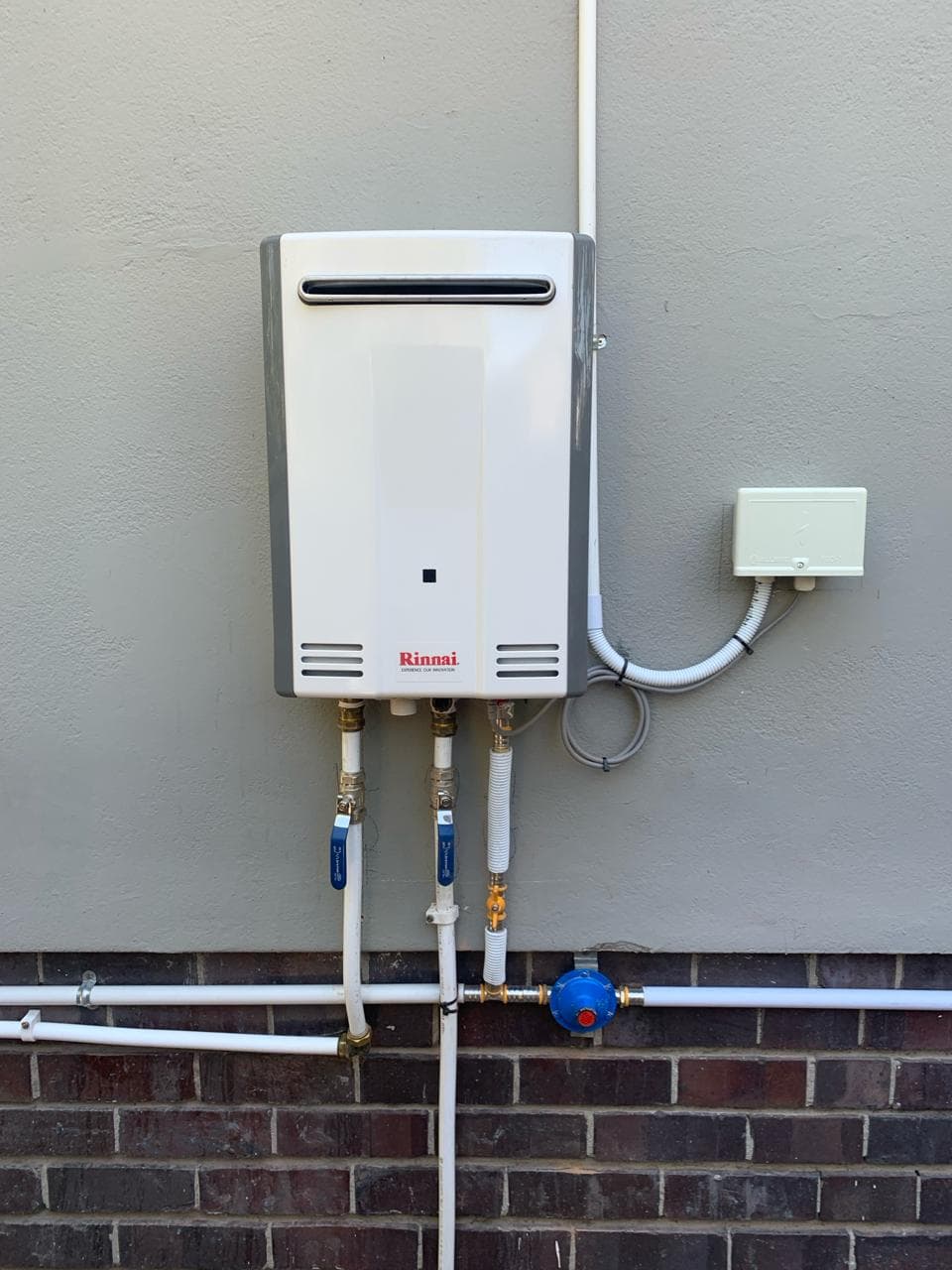Installing a Gas Geyser: Key Requirements

Submitted: Saturday, September 28th, 2024
Original Article: Link
Installing a Gas Geyser: Key Requirements
Gas geysers have become an increasingly popular choice for South African homeowners looking to reduce electricity costs and enhance energy efficiency. Unlike electric geysers, gas geysers provide hot water on demand, which can lead to significant savings in energy consumption of up to 25%! of your total household electricity bill.
However, before installing a gas geyser, it is crucial to understand the requirements and regulations that need to be met to ensure a safe and compliant installation. This article will outline the essential requirements for installing a gas geyser in your South African home.
1. Regulatory Compliance and Certification
In South Africa, the installation of gas appliances, including gas geysers, is governed by strict regulations to ensure safety. The key regulation to be aware of is SANS 10087, which outlines the requirements for the safe handling, storage, and use of Liquefied Petroleum Gas (LPG). Only a licensed and qualified gas installer, registered with the Liquefied Petroleum Gas Safety Association of Southern Africa (LPGSASA), should perform the installation. After installation, the installer must provide you with a Certificate of Compliance (CoC), which is a legal requirement and serves as proof that the installation meets all safety standards.
2. Location of the Gas Geyser
When choosing a location for your gas geyser, there are several factors to consider to ensure safety and efficiency:
- Ventilation: Gas geysers require adequate ventilation to prevent the build-up of harmful gases like carbon monoxide. The geyser should be installed in a well-ventilated area, typically outside the house or in a specially designed geyser room with proper ventilation.
- Distance from Windows and Doors: The gas geyser should be installed at a safe distance from any windows, doors, or vents to prevent exhaust gases from entering the living spaces.
- Proximity to Water Outlets: To minimize heat loss, it is ideal to install the gas geyser as close as possible to the water outlets it will serve, such as bathrooms and kitchens.
3. Gas Cylinder and Storage Requirements
A gas geyser that operates using LPG, requires gas cylinders. The size of the cylinder required will depend on the capacity of the geyser and your household’s hot water usage. Commonly, a 19kg or 48kg gas cylinder is used.
- Gas Cage: For safety (but not required by SANS) and security reasons, the gas cylinder(s) can be stored in a gas cage. The cage protects the cylinder from tampering, accidental damage, and extreme weather conditions. The cage must be installed on a firm, level surface and secured to prevent it from being moved or tipped over.
- Distance from Ignition Sources: The gas cylinder must be positioned at least 3 meters away from any ignition sources, including electrical outlets, switches, or open flames. This is to prevent any accidental ignition of the gas.
4. Electrical Requirements (only for larger size gas geysers which are fanforced)
Although gas geysers primarily run on gas, some of the larger size gas geysers (20L>) are fan-forced units and therefore require a small amount of electricity to operate.
- 220V Power Point: A standard 220V electrical power point is required for the geyser’s ignition system and fan (for the fan-forced units). The gas geyser only uses a limited amount of electricity (namely between 50-65W) and can easily be connected to your generator, a home solar PV system or a small UPS (150W). The power point should be installed close to the gas geyser, in a safe and accessible location. It is important to ensure that the power point is weatherproof if installed outdoors.
- Surge Protection: South Africa is prone to power surges, which can damage electrical appliances. Installing a surge protector on the power point can help protect your gas geyser’s electrical components from potential damage.
The smaller size gas geysers,w hcih are not fan-forced (often from 8L to 18L in size) are either battery operated or generate their own power by a hydro solution inside the gas geyser (Bosch brand).
5. Water Supply and Plumbing
The gas geyser must be connected to your home’s water supply. The water pressure should be sufficient to allow the geyser to function effectively. Typically, gas geysers are designed to operate with water pressures of between 1 and 5 bars.
- Plumbing Requirements: The plumbing work for the geyser must be done by a qualified plumber. Proper insulation of the pipes is essential to prevent heat loss and maintain the efficiency of the geyser. Additionally, the installation should include a shut-off valve for easy maintenance and repair.
- Temperature Control: Many gas geysers come with a temperature control system, allowing you to set the desired water temperature. This can help prevent scalding and improve energy efficiency by heating water only to the temperature you need.
6. Maintenance and Safety Checks
Regular maintenance is essential to ensure the longevity and safe operation of your gas geyser. It is recommended to have your geyser serviced annually by a qualified technician. The service should include checking the gas connections and inspecting the heat exchanger.
7. Cost Considerations
The cost of installing a gas geyser can vary depending on the size of the geyser, the complexity of the installation, and the specific requirements of your home. On average, the cost can range from R15,000 to R35,000, including the geyser unit, gas cylinder, gas cage, and installation fees.
While the initial cost may be higher than that of an electric geyser, the long-term savings on electricity bills can make it a cost-effective option.
Conclusion
Installing a gas geyser in your home in South Africa can provide significant benefits in terms of energy efficiency and cost savings. However, it is essential to adhere to the regulatory requirements and ensure that the installation is carried out by a qualified professional. By following the guidelines outlined in this article, you can enjoy the advantages of a gas geyser while ensuring the safety and compliance of your installation.
Did we spark your interest and are YOU looking for a gas geyser installation? Then answer a couple of questions and get a Quote here!
Fast, reliable, and professional service—hot water made easy! Looking for the best hot water solution? Check out our unbeatable packages and start saving today!

